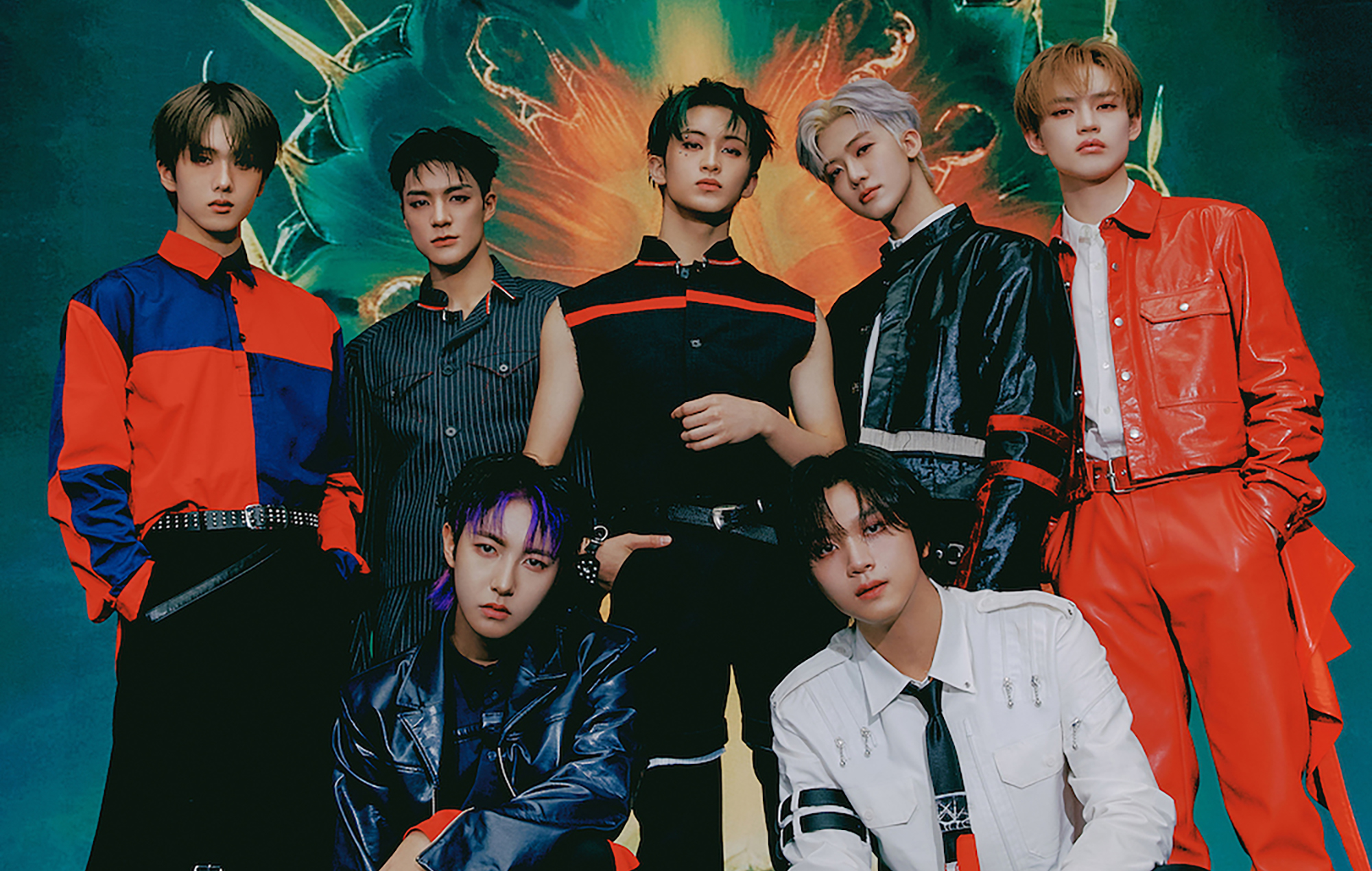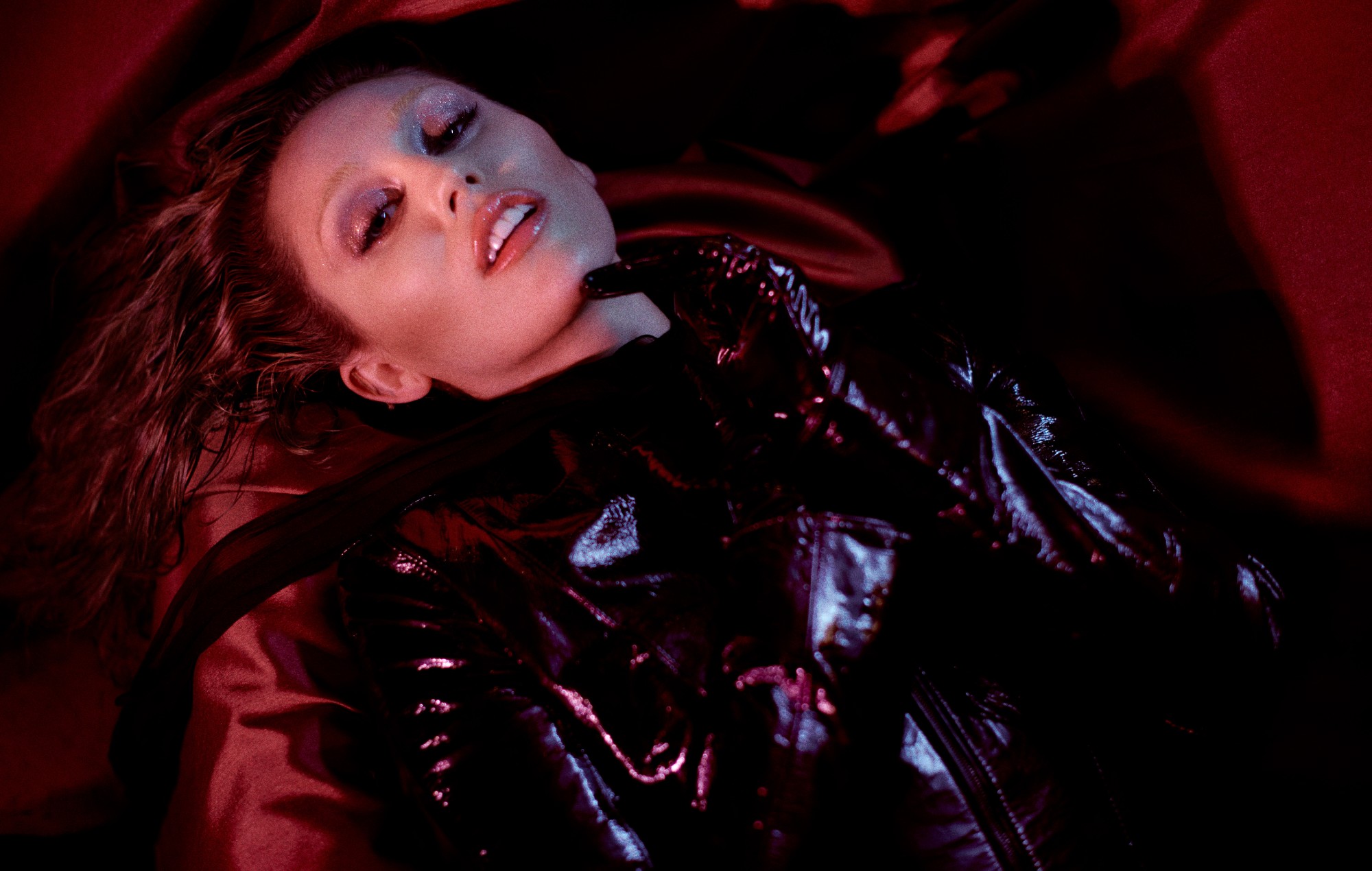
You're in college. You've just joined a music club. It's (supposedly) populated by none other than the most incredible, artsiest kids on campus. To break the ice, you ask everyone what their favorite genre is.
"I'm a pop girl," someone answers.
"Rock fan here," another says.
"I like country!" a girl calls out.
You roll your eyes. "Pfft, you guys are basic." After rifling through your canvas tote bag, pulling out a novel, adjusting your wire glasses, and donning a thrifted turtleneck, you announce that your favorite genre is "indie music."
The joke's on you, cool cat: indie music isn't a genre. Well... kind of. Read on to see what we mean. Before we get into the nitty-gritty, whet your musical appetite with 7 indie staples.
Popular Indie Artists
What Does "Indie Music" Mean?
Technically, indie music isn't a genre. It's a business model.
The word "indie" is a shortened form of "independent." In the music world, "indie music" refers most literally to music released independently by an artist (as opposed to through a record label).
Consider the pros & cons of a major label vs. an indie label vs. staying independent.
If you look at indie music this way, sonic characteristics don't matter when determining what songs "count" as indie music. A.K.A. songs as poppy as Katy Perry's hits or as twangy as country artist Morgan Wallen's could still technically be considered indie. Again, this is because any song can be considered indie so long as it's released independently.
But... it's not that simple.
What Does Indie Music Sound Like?
Some argue indie music does have its sound.
People who believe this might claim that the artistic freedom and low-budget nature of DIY release results in grittier and quirkier tracks than music produced for a major label. This implies that indie music does have its own unique set of auditory characteristics... and that it could be considered a genre.
Looking to make some DIY tunes, too? You can even start with Garageband.
For example, have a listen to NJ-based indie band Phoneboy's song: "Hey, Kid!"
Unlike super-smooth, ultra-produced pop tunes that sound like they've been infused with plastic and preservatives, "Hey, Kid!" has low-fi grit. The intro's high-pitched, spoken call-out ("Ricky, clean your room!") is a bit unorthodox. It epitomizes the uniqueness and creativity that sprouts from DIY music production.
If I heard this song without context, I'd probably guess it's indie music.
But, again... it's not that simple.
What Counts as Indie Music?
Having two definitions (above) makes determining what is and isn't indie music tough.
What happens when an artist with indie-like eccentricity and a homemade sound gets signed to a major label? Especially if they retain that "indie sound?" Are they still considered an indie artist?
Vampire Weekend, for instance, started distinctly independent. They worked with indie label XL Recordings. They appeared on several indie charts. They had the sound, vibe, and following of an indie band.
Here's their most popular independently-released track: "A-Punk."
Then, they signed with Columbia Records—a very non-indie label. Columbia has signed artists such as Beyonce, Journey, and Johnny Cash for reference.
Here's "Harmony Hall," which Vampire Weekend released through Columbia. See if you hear a difference.
So... is Vampire Weekend still an indie band?
If you say, indie music is a genre, yes. If you define it as a business model, no.
Up to you.
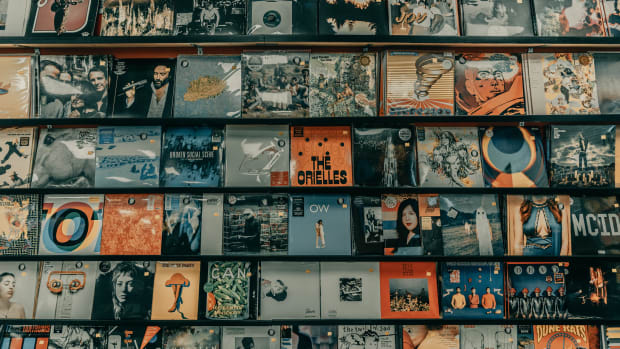
Indie Music: The Complete Breakdown Of The Most Diverse and Well-Loved Genres Of Music
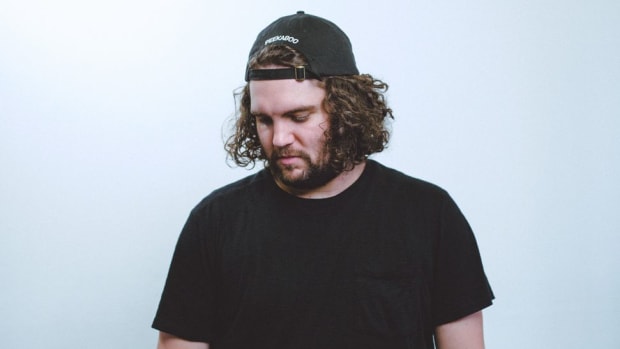
THE 15 BEST BASS MUSIC TRACKS OF JULY 2022
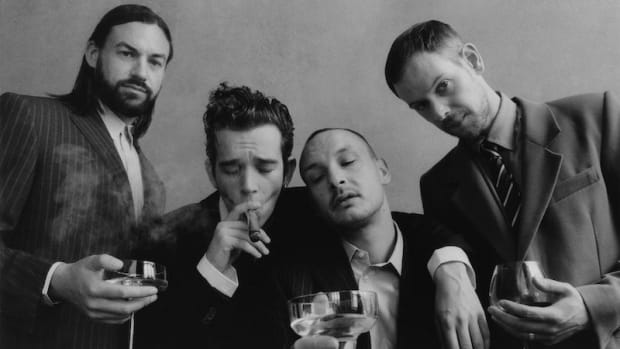
Lyrics To "Happiness" By The 1975: A Deep Dive Into The Meaning Behind The Words
What Is an Example of Indie Music?
By definition, there are too many to count.
Whether you're new to indie music or a seasoned indie music connoisseur, you're sure to find something new in our collection of indie subgenres.
7 Essential Indie Subgenres
Indie Rock
One of the most popular and well-known indie subgenera is indie rock. Indie rock combines the guitar-based, driving rhythm of rock with that signature gritty-indie sound. This subgenre usually follows a pop form but doesn't try to appeal to mainstream trends or commercial demands.
Indietronica (Indie Electronic)
Electronic indie music (a.k.a. indietronica) got going when advanced electronic music could be made using just a laptop. These tracks are usually made in DAWs (digital audio workstations) and include drum machines and synths.
Before laptops, electronic artists would fuse acoustic and electronic sounds by physically splicing and combining tapes. Modern indietronica artists: be grateful you can craft your magnum opus by tapping little plastic squares.
Indie Pop
Another indie sub-genre staple, indie pop songs have upbeat melodies and pop buoyancy but don't entirely lock into the mainstream zeitgeist. Though, what separates indie pop from mainstream pop is the DIY attitude surrounding it and the slightly quirkier nature of independently-produced tunes.
Dream Pop
Fuzzy, glowy, hazy, and warm, dream pop is the purely-golden clouds of a dewy summer sunset. Okay—that's a bit cryptic. Dream pop lies between indie and psychedelic rock, but it's softer than both. You'll usually find pop melodies mixed with reverb-heavy guitar.
There's a lot of controversy over whether dream pop is the same as a genre called "shoegaze." Shoegaze gets its funky title from the music's tendency to lull performers and listeners into a spaced-out stare at their shoes—almost as if in a daze. People will argue both ways, but I believe they differ while there is some overlap. Dream pop encompasses more dynamically-structured music; putting on an actual shoegaze album feels like listening to a wall of fuzzy sound.
Dream pop fans will love our recs for artists who sound like Her's.
Indie Folk
Acoustic rawness is a core element of indie folk. That almost always means acoustic guitar or some similar string instrument. Vocals on indie folk music are mostly natural-sounding, and it's not uncommon for those vocals to be soft and vibrato-heavy. Of course, indie folk has its roots in traditional folk music.
Indie Rap / Indie Hip Hop
Think of the 4/4 drum machine beats and sick lines that define your favorite hip hop tracks. Now, imagine them a bit calmer (almost as if influenced by lo-fi), funkier, and more vocal about social issues and anti-commercial sentiment. That's indie rap/hip hop.
For more fresh indie rap/hip hop, check out our hand-picked 2022 favs.
Chamber Pop
Imagine combining pop and rock with harmonies, piano, and orchestral instruments. Now, imagine weaving all that together into an intricate-yet-easily-listenable masterpiece. Chamber pop does just that, often through highly-technical methods such as counterpoint. Some also refer to this sub-genre as baroque pop.
Need a soundtrack for your next super-cool hipster party? These tracks go above and beyond.

